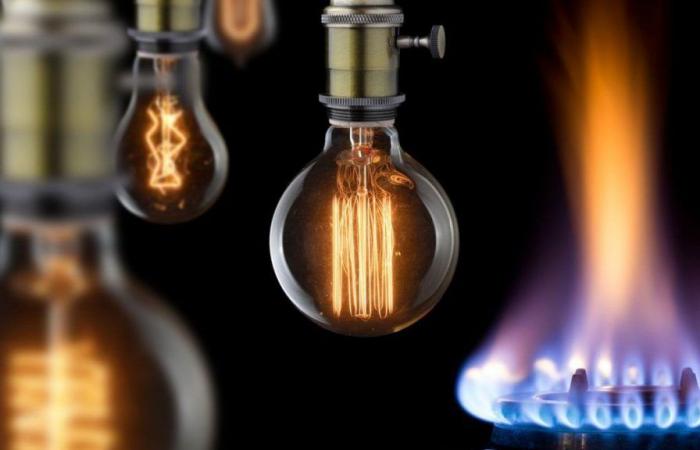With the latest updates, between electricity and gas bills 5.1% of family income is consumed. That relationship was close to 3% during 2020 and until last year. However, in 2019 they corresponded to 5.7% of salaries. The lowest level was during 2014, when bills were equivalent to only 0.9% of family income.
577501.jpeg
With the latest updates, electricity and gas bills consume 5.1% of families’ income.
How much will electricity cost in June?
In the metropolitan area of Buenos Aires (AMBA), an Edenor or Edesur user will pay on average for their electricity bill corresponding to June consumption $34,953 if Level 1 (N1, high income); $21,966 if it is Level 2 (N2, low income); or $26,259 if it is Level 3 (N3, middle income).
They are about increases of 18%, 94% and 73%, respectively, compared to the values in force since February 2024; and increases of 228%, 465% and 378%, respectively, against June 2023. That is, in these last two cases, above inflation, to recover the delay accumulated in recent years.
Measurement of the incidence of an electric energy bill in relation to salary, lN1 users will allocate on average 3.1% of their registered income, the highest value in the last 30 years; while the N2 will use 1.2% and the N3, 1.7%, unless they exceed the subsidizable consumption limits (250 and 350 kilowatt-hours per month, respectively).
How much will gas cost in June?
In the case of gas, a Metrogas user will pay an average of $27,691 for their June bill if they are Level 1 (N1, high income); $23,651 if it is Level 2 (N2, low income); or $24,968 if it is Level 3 (N3, middle income).
They are increases of 6%, 19% and 9%, respectively, compared to the values in force since April 2024; and adjustments of 406%, 745% and 544%, respectively, in interannual terms.
The comparison versus the 2019 average shows a retraction of 22%, 34% and 30%, respectively, in real terms; while the incidence in relation to registered salaries will be 3.7%, 2.8% and 3.2%.
“In this sense, the modification and update of the tariff scheme for the network gas service, after a year without adjustment, placed the tariff/salary ratio for the three income segments around the maximum level of the series at the end of 2018 and 1 percentage point above the average for the ’90s,” the economists estimate in this document.






